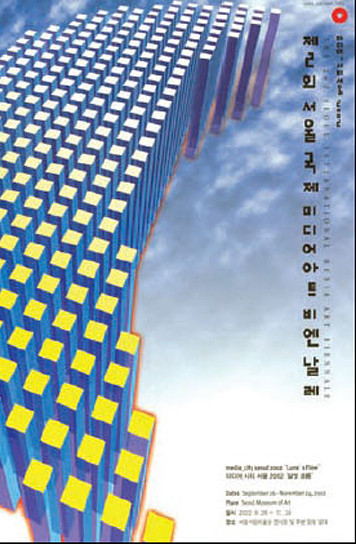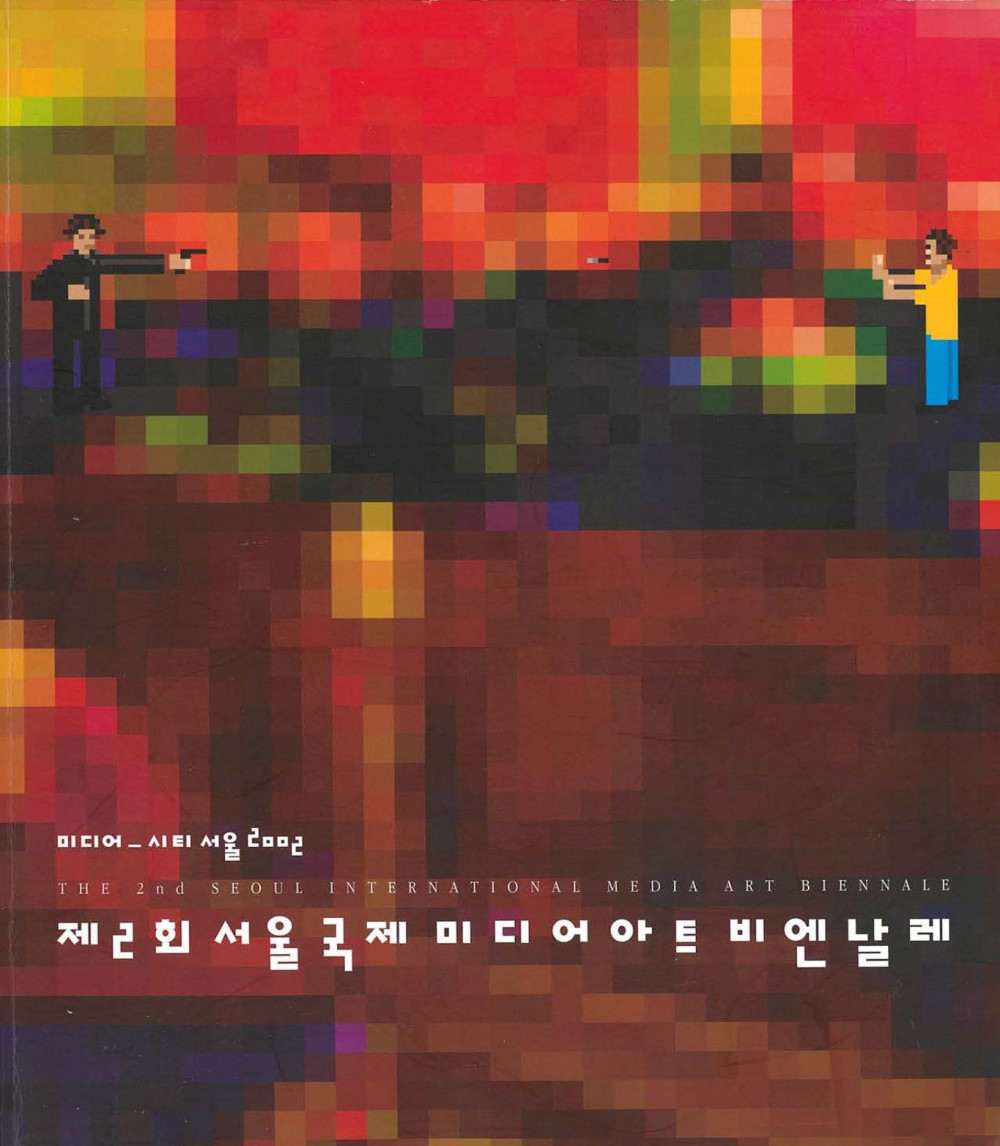The installation Painting, the movie includes a group of three sculptural objects boxed into small LCD vitrines and a large digital photograph behind the LCD panel. All four pieces are equipped with motion sensors detecting the presence (proximity) of the audience. The works in the installation, based on a single 20 second shot in Akira Kurosawa’s Throne of Blood, which itself was a retelling of Macbeth. The specific reference here is to Lady Macbeth. All objects in the installation have the ability to perform their own visibility and invisibility, exercising the option to reveal or not to reveal themselves. The photograph is wired to appear opaque (milky monochrome with faint shadow of the image behind) until approached. At this moment the image (a close up of the tormented otherworldly face of the character performed by the artist herself) is revealed. The sculptures (objects in the LCD vitrines are theatrically gory body parts: ear, hair lock and a small bone) are wired in an opposite way: they are visible from the distance but become opaque when the viewers come closer to scrutinize them. There is a constant dramatic tension between the soothing monochromatic minimalism of the opaque state of the objects and the clear/open state revealing the content of the vitrines and the photograph. To quote the description of the viewers experience in Digital Sublime: visitors will be able to have a transcendental Sublime experience in Cyber settings of the exhibition that definitely exceeds the conventional concept of aesthetics.
In Painting, the movie technology controls one’s access to art providing the viewers with a new, unexpected experience - art becomes “in charge” rather being passive and vulnerable to audience scrutiny. Given the virtual otherworldliness and the intense nature of the image and the objects projecting depths of psychological torment (crime, guilt, blood) the ambiguity of whether it is the artwork or the audience that is “being protected” adds a complexity to the experience. The future of the sublime is the realization that art itself can transcend its own vulnerability to viewer’s gaze, the concept literalized in Wampler’s installation.
ACTⅰpainting1 (ear), 2000
ACTⅱpainting2 (ankle), 2000
Courtesy of the artist

